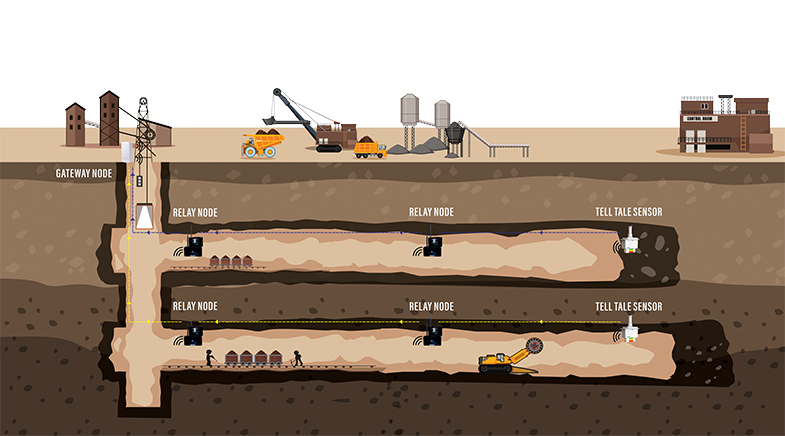When heat hardens
-
- from Shaastra :: vol 04 issue 03 :: Apr 2025

A team reports demonstrating inverse melting in an ultra-thin sample of a superconductor.
For the first time, researchers have demonstrated "inverse melting" in amorphous type II superconductors — materials that exhibit superconductivity in a non-crystalline state. In inverse melting, a liquid solidifies when the temperature or pressure is increased, before it finally changes its phase to liquid again. The tests were conducted by a team of researchers led by Pratap Raychaudhuri, Senior Professor at the Mumbai-based Tata Institute of Fundamental Research (TIFR).
Heating usually adds energy, which makes particles move, causing a disordered state. This leads to a phase transition from solid to liquid and then to gas. In 1903, German chemist Gustav Tammann had predicted that in extreme conditions, one could see "inverse melting" in certain materials. Scientists also theoretically predicted that inverse melting could be seen in vortex lattices in type II superconductors. The vortex lattice is a grid or regular pattern formed by vortices, tiny swirling regions where the magnetic field penetrates the type II superconducting material when under a magnetic field.
The team reported (bit.ly/inverse-melting) that they had demonstrated inverse melting in an ultra-thin sample of the superconductor rhenium zirconium compound (Re6Zr), kept under a magnetic field at an ultra-low temperature.
The team had twin goals. "One was to understand particularly the behaviour of superconductors in a magnetic field better. The other idea was to understand the variety of phase transitions that happen in nature," Raychaudhuri explains.
The team used a scanning tunnelling microscope to image the vortex lattice while changing two parameters: temperature and the magnetic field.
The team used a scanning tunnelling microscope to image the vortex lattice in the sample while changing two parameters —the temperature and the magnetic field. The team noticed that when the magnetic field was kept constant at 0.3 tesla, the sample first solidified when the temperature was increased from 460 milli-Kelvin (mK) (-272.69° Celsius) to 3 Kelvin (-270.15° Celsius) and then liquefied again when the temperature was raised from 3 Kelvin (-270.15° Celsius) to 4 Kelvin (-269.15° Celsius). Similarly, when the temperature was kept constant (460 mK) and the magnetic field was increased from 0.3 tesla to 20 tesla, it solidified before liquefying when the magnetic field was increased from 20 to 50 tesla.
The team has tried to show inverse melting in an experiment that directly visualises the analogues of "atoms", in their case objects called vortices in superconductors, points out Ashoka University Professor Gautam I. Menon. "These have phases in which they look like liquids, with vortices moving around each other as well as solids, in which they seem stuck to the positions of a triangular lattice."
The team now aims to study the microscopic dynamics of the phenomenon to check if inverse melting also takes place in crystal lattice superconductors to decipher whether the occurrence is modified by the crystal lattice.
Have a
story idea?
Tell us.
Do you have a recent research paper or an idea for a science/technology-themed article that you'd like to tell us about?
GET IN TOUCH














